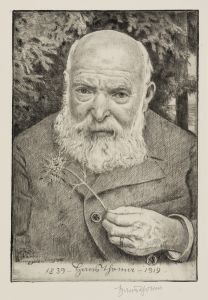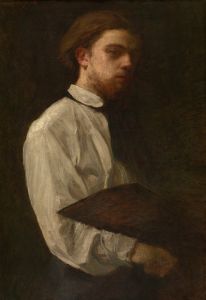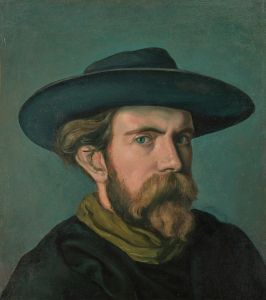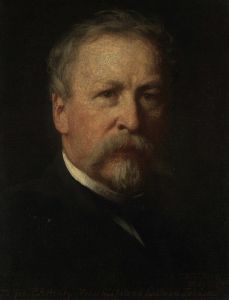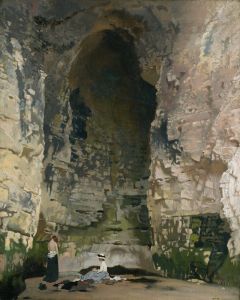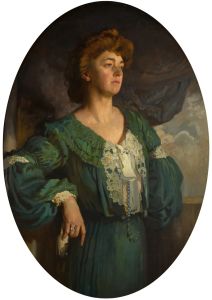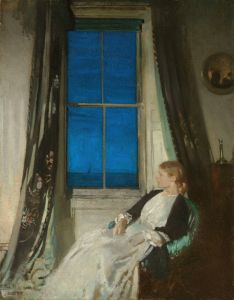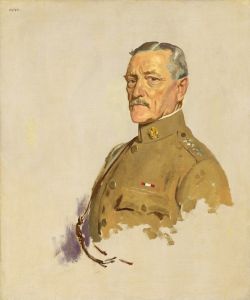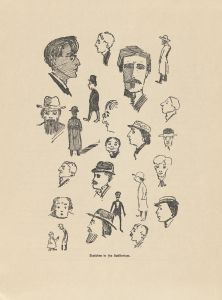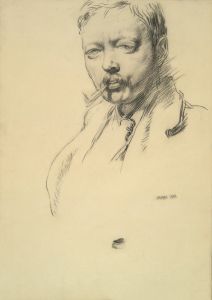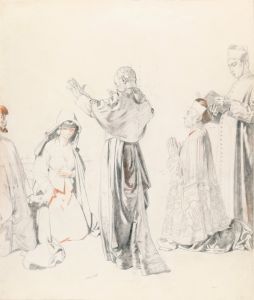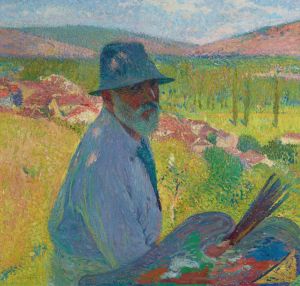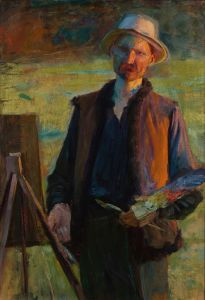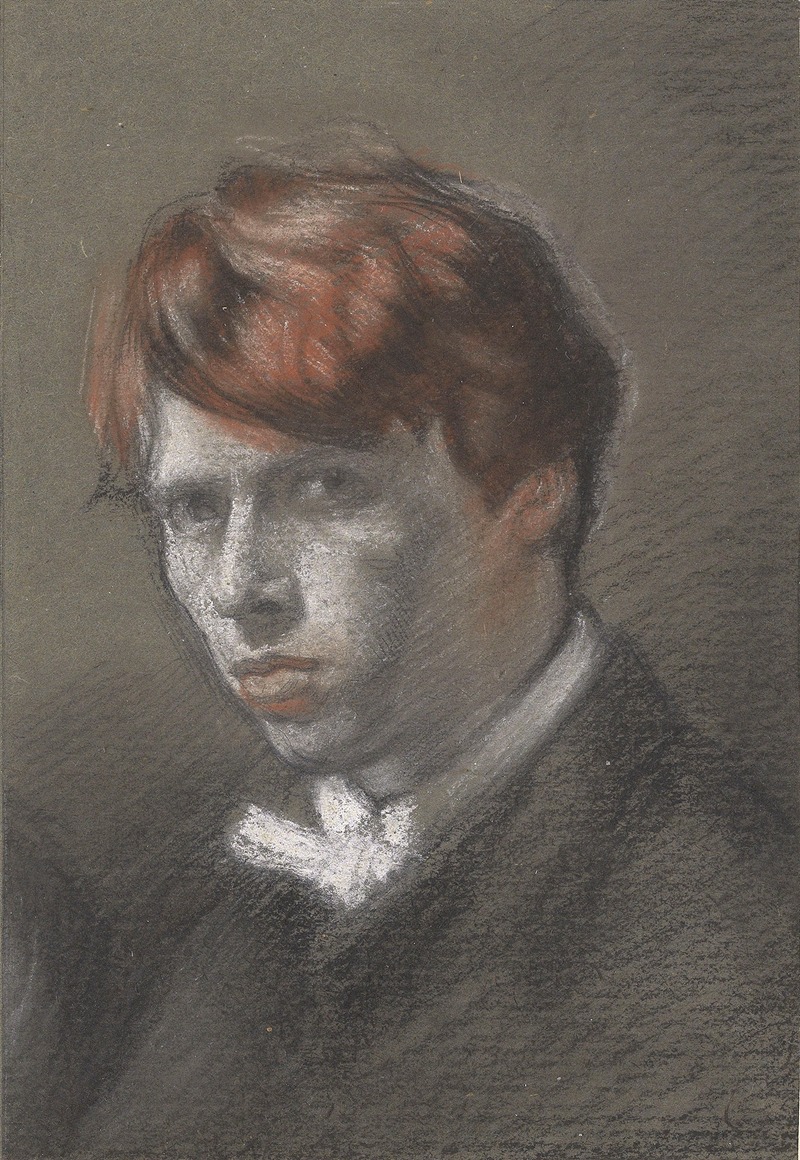
Self portrait
A hand-painted replica of William Orpen’s masterpiece Self portrait, meticulously crafted by professional artists to capture the true essence of the original. Each piece is created with museum-quality canvas and rare mineral pigments, carefully painted by experienced artists with delicate brushstrokes and rich, layered colors to perfectly recreate the texture of the original artwork. Unlike machine-printed reproductions, this hand-painted version brings the painting to life, infused with the artist’s emotions and skill in every stroke. Whether for personal collection or home decoration, it instantly elevates the artistic atmosphere of any space.
William Orpen's "Self-Portrait" is a notable work by the Irish-born artist, who was one of the most distinguished portrait painters of the early 20th century. Born in 1878 in Stillorgan, County Dublin, Orpen became a prominent figure in the art world, known for his technical skill and keen ability to capture the character and essence of his subjects.
Orpen's self-portraits are particularly interesting as they offer insight into his self-perception and artistic style. While there are several self-portraits by Orpen, each varies in its approach and execution, reflecting different periods of his life and career. His self-portraits often reveal his introspective nature and his engagement with the broader artistic movements of his time.
Orpen studied at the Metropolitan School of Art in Dublin and later at the Slade School of Fine Art in London, where he was influenced by the techniques of the Old Masters as well as contemporary trends. His education and early career were marked by a strong foundation in traditional portraiture, which he later combined with more modern elements.
In his self-portraits, Orpen often employed a realistic style, characterized by meticulous attention to detail and a strong sense of composition. His works are known for their clarity and precision, often highlighting his technical prowess. Orpen's ability to convey texture and depth is evident in the way he renders skin, fabric, and other materials, bringing a lifelike quality to his paintings.
Orpen's self-portraits also reflect his personality and the times he lived in. They sometimes include elements of humor or irony, suggesting a complex relationship with his own image and identity. This complexity is further underscored by the historical context of his work, as Orpen lived through significant events such as World War I, during which he served as an official war artist. The experiences and emotions from this period may have influenced his artistic output, including his self-portraits.
Throughout his career, Orpen was celebrated for his portraits of high-profile figures, including politicians, military leaders, and members of the aristocracy. His ability to capture the likeness and personality of his sitters made him a sought-after portraitist. However, his self-portraits remain a personal exploration, providing a window into his own life and thoughts.
Orpen's contribution to art extends beyond his portraits. He was also a teacher and a writer, sharing his insights and experiences with a broader audience. His legacy is preserved in numerous collections, including the National Gallery of Ireland and the Imperial War Museum in London, where his works continue to be studied and appreciated.
In summary, William Orpen's self-portraits are a testament to his skill as an artist and his introspective nature. They offer a glimpse into the mind of a man who was both a product of his time and a keen observer of the human condition. Through his self-portraits, Orpen not only captured his own likeness but also contributed to the broader narrative of art history.





